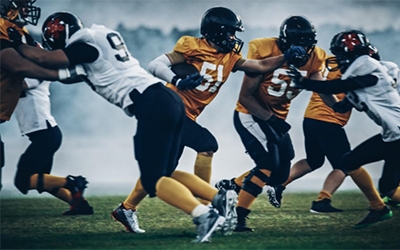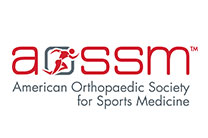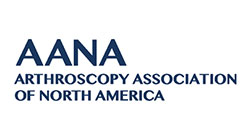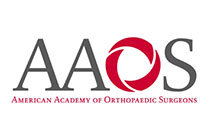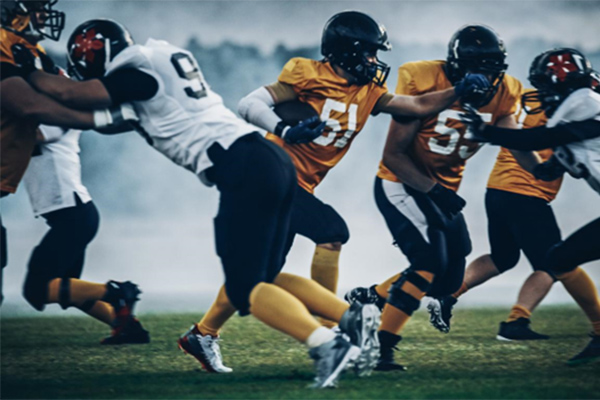
Sharp groin pain during a sudden stop on the field, or a quick change of direction, can be more than a pulled muscle—it might be an adductor tear. These injuries are especially common in sports that demand explosive lower-body movements. Let’s explore why soccer, hockey, and football athletes face a higher risk of adductor injuries.
What Are Adductor Tears?
Adductor tears occur when the muscles on the inner thigh—responsible for pulling the legs together—are overstretched or forcefully eccentrically contracted. These muscles, particularly the adductor longus, are vulnerable during high-intensity activities involving rapid changes in speed, direction, or stride length. Depending on the severity, tears can range from mild strains to complete ruptures.
Why Soccer Players Are Prone to Adductor Injuries
Soccer involves frequent kicking, pivoting, and lateral movement—all of which engage the adductors. When players strike the ball or stretch for a tackle, the groin muscles can be overstressed, especially if fatigue or poor biomechanics are in play. In elite and amateur levels alike, groin injuries are a leading cause of missed training and playing time.
The Demands of Hockey on the Groin
Hockey players are uniquely vulnerable due to the skating motion, which relies heavily on the adductors for stride control, balance and deceleration. The repetitive nature of skating, combined with body contact and fast transitions, places chronic strain on the groin muscles. Without proper recovery and off-ice strengthening, even minor strains can evolve into more serious tears.
Football-Related Groin Injuries
Explosive starts, maximal-effort sprints, and sudden decelerations during races create powerful forces through the hip and thigh. Athletes returning from hamstring injuries or pelvic imbalances are at especially high risk for compensatory adductor overload, adductor tendinopathy, and adductor avulsion injuries.
Preventing and Treating Adductor Injuries
Preventive strategies include sport-specific warmups, targeted adductor strengthening, and addressing hip and core imbalances. If a tear does occur, prompt diagnosis is essential. Mild cases may resolve with rest, physical therapy, and activity modification, while more severe tears—particularly in competitive athletes—may require surgical repair to restore full function and reduce the risk of recurrence.
Book an appointment with Dr. Bharam to discuss your treatment options for lingering groin discomfort or suspected adductor injury.
AUTHOR: Srino Bharam, MD, MBA, is a board-certified, fellowship-trained sports medicine orthopedic surgeon and professor of orthopedic surgery specializing in the treatment of athletic injuries of the hip and groin. Dr. Bharam has over 20 years of experience in treating injuries and conditions of the hip to restore athletes and patients to an active lifestyle.






